Performance Snapshot
Today we’re diving into Main Street Capital—one of my favorite stocks after its recent surge. Since hitting rock bottom on April 8, the price popped about 30%, and year to date it’s still up roughly 9%. Over the past five years, Main Street Capital has impressively gained 114%.
With that kind of momentum, the big question: is Main Street Capital still a buy at current levels?
Recent Earnings
In the most recent quarter, Main Street missed expectations on both EPS and revenue. Analysts expect another miss when earnings come out later in August. Yet most investors here aren’t chasing short-term beats—they’re in it for that 6.6% dividend yield.
Income Statement Highlights
Digging into the income statement, net investment income climbed 4% year over year while expenses ticked down. Distributable net investment income (DNI) held flat, but the DNI margin slipped by 250 bps. On the bright side, net assets from operations rose 8%. Overall, DNI per share dipped 4% year over year—definitely a bumpy start.
| Metric |
Year-over-Year Change |
| Net Investment Income |
+4% |
| Expenses |
Decrease |
| DNI Margin |
-250 bps |
| Net Assets from Operations |
+8% |
| DNI per Share |
-4% |
Dividends & Coverage
Main Street pays monthly dividends that are consistently covered by DNI, and its NAV per share has climbed handsomely over time. While monthly payouts alone aren’t a reason to buy, the combination of coverage and NAV growth makes this one of the few BDCs able to scale rapidly.
Supplemental Payouts
On top of that base yield, Main Street has paid substantial supplemental dividends (marked in green in investor reports), delivering extra value year after year.
Diversification Breakdown
Diversification is key for BDCs, and Main Street nails it across:
- Industry: Machinery leads at 9%, followed by internet software & services at 7% and commercial services & supplies at 6%.
- Transaction Type: A balanced mix without any single category dominating.
- Geography: A wide spread across regions, reducing concentration risk.
Fundamental Profile
Here’s where Main Street stands today:
- Market Cap: $5.7 billion
- Revenue: $67 million
- Net Income: $517 million
- Profit Margin: 85% (up versus the 5-year average)
- PE Ratio: Very low (typical for BDCs)
| Metric |
Value |
| Market Cap |
$5.7 B |
| Revenue |
$67 M |
| Net Income |
$517 M |
| Profit Margin |
85% |
| PE Ratio |
Low |
| NAV per Share |
$32 |
| Stock Price |
$64 |
Growth & Valuation Trends
You’re effectively paying a premium of $64 for NAV that sits at $32. Revenue growth hit 20–50% year-over-year into early 2022 but has slowed to more modest 3–10% gains recently.
Margin Analysis
Gross margins remain at 100%—very common for BDCs—while operating margins bounce between 60–70%. Net margin has surged since late 2023, now flirting with 90%.
Analyst Estimates & Outlook
Looking ahead, analysts project EPS to dip over the next two years, then inch upward in 2027. Revenue forecasts are muted too: roughly 2% growth next year, 1.6% in 2026, and a sharp 14% decline in 2027.
Liquidity & Cash Flow
Main Street’s current ratio stands at 2.64, with $109 million in cash against $2.26 billion in debt—typical BDC gearing. Free cash flow is often negative, though there are occasional positive years. Issuing new shares to raise capital dilutes existing holders but fuels NAV growth, ultimately rewarding patient investors.
Main Street Dividends
Main Street Capital reports a 6.6% dividend yield with an annual payout of $4.26 per share. The payout ratio sits around 73%, aligning with BDC rules that mandate a roughly 75% distribution of net income.
Over the past five years, dividend growth has averaged a modest 4%, yet Main Street has increased its dividend every year for 17 consecutive years. This consistency underscores management’s commitment to returning capital to shareholders.
Investors receive a monthly dividend of $0.26, which smooths cash flow compared to quarterly payers. Monthly payouts can help cover living expenses or reinvest more frequently, compounding returns faster over time.
The combination of yield, growth history, and frequency makes Main Street’s dividend profile attractive for income-focused portfolios.
| Dividend Metric |
Value |
| Dividend Yield |
6.6% |
| Annual Payout |
$4.26 |
| Payout Ratio |
~73% |
| 5-Year Dividend Growth Rate |
4% |
| Consecutive Years of Growth |
17 |
| Monthly Dividend |
$0.26 |
Main Street Returns
In the past five years, Main Street Capital returned 205%, easily outpacing the S&P 500’s 109% gain. Two peers—ARCC and OBDC—also beat the index but delivered substantially lower five-year returns compared to Main Street.
Over the last one year (including dividends), Main Street leads with a 38% return versus the S&P 500’s 15%. ARCC posted 22%, while OBDC underperformed both.
On a six-month basis, Main Street recorded a 10% gain—double the S&P 500 and more than twice ARCC’s return. OBDC again lagged the field.
Even in just the past month, Main Street notched an 11% rise versus roughly 5% for the S&P 500, besting all peers once more.
| Timeframe |
Main Street |
S&P 500 |
ARCC |
OBDC |
| 5 Years |
205% |
109% |
— |
— |
| 1 Year |
38% |
15% |
22% |
<15% |
| 6 Months |
10% |
~5% |
~4% |
<4% |
| 1 Month |
11% |
~5% |
— |
— |
Price Targets
Using Everything Money software, three scenarios were modeled with a desired annual return of 15% (vs. a typical 12.5%). Assumptions include conservative revenue growth, a profit margin anchored between the 1-year and 10-year averages, improved free cash flow margin, and realistic BDC valuation multiples.
The resulting price targets are:
- Low: $51
- Mid: $59
- High: $69
Although BDCs are often valued against NAV, this earnings-multiple approach offers an alternate lens. At a mid price target of $59 versus today’s ~$65 share price and NAV of $32, Main Street appears overvalued.
| Scenario |
Price Target |
| Low |
$51 |
| Mid |
$59 |
| High |
$69 |
| Current Price |
~$65 |
| NAV per Share |
$32 |
Conclusion
Main Street Capital’s steady dividends, strong returns, and track record make it a pillar in the BDC space. Yet with shares trading above both NAV and the mid-range price target, valuation risk is elevated.
For now, it’s prudent to hold rather than buy more. Waiting for a pullback closer to the $58–$60 range could present a safer entry point. Meanwhile, you can still benefit from monthly income while monitoring upcoming earnings for fresh catalysts.
| Company Name |
Symbol |
Why it’s Better Than MAIN |
| Ares Capital Corporation |
ARCC |
Broader portfolio diversification and trades at a lower NAV premium, offering more upside potential. |
| FS KKR Capital Corp |
FSK |
Benefits from KKR sponsorship with lower management fees and a sponsor support program that stabilizes earnings. |
| Prospect Capital Corporation |
PSEC |
Focuses on senior secured loans in defensive industries, delivering higher yield with stronger downside protection. |
| Golub Capital BDC |
GBDC |
Uses conservative leverage and disciplined underwriting, resulting in steadier NAV growth and lower volatility. |
| New Mountain Finance Corporation |
NMFC |
Concentrates on non-cyclical, high-quality borrowers with strict credit standards, reducing loss risk in downturns. |
https://youtu.be/CMwBHNEWlD4?si=PJRafC2B8-aNrDdn
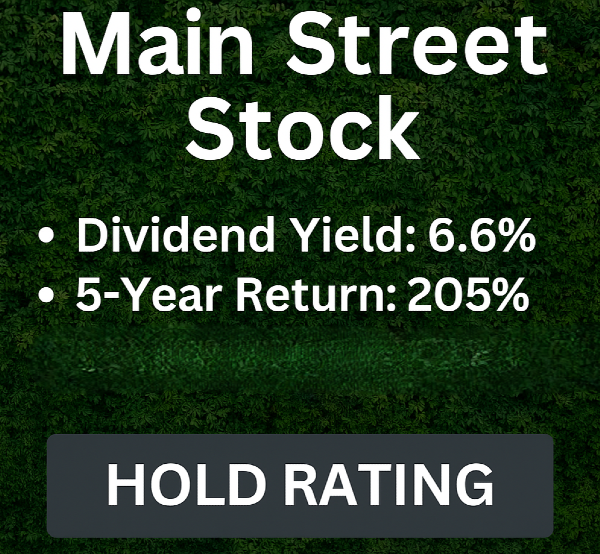
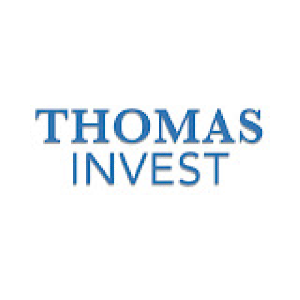
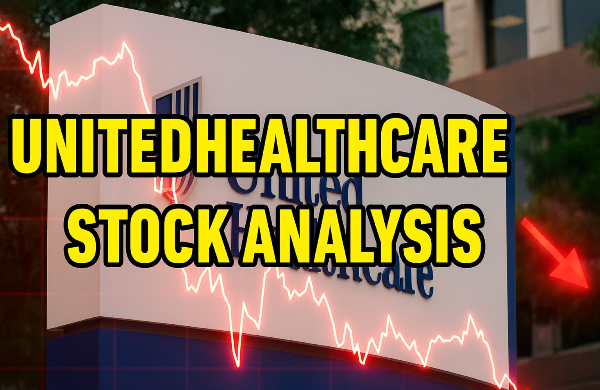
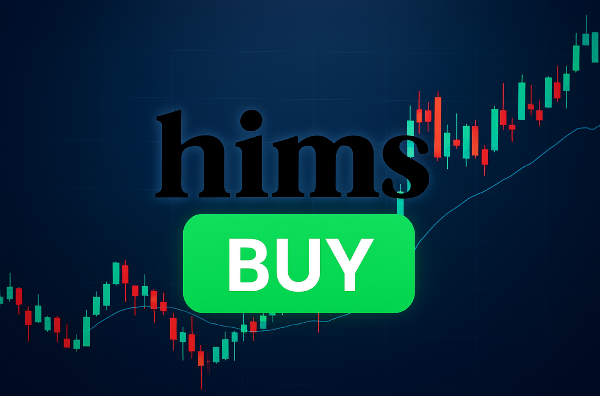
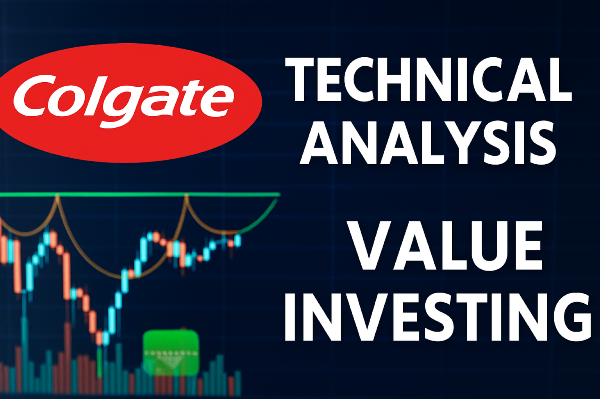
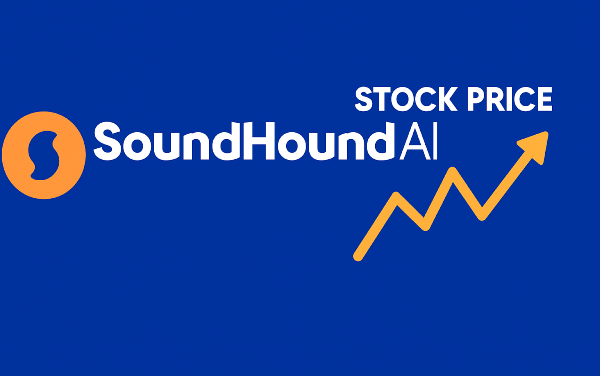

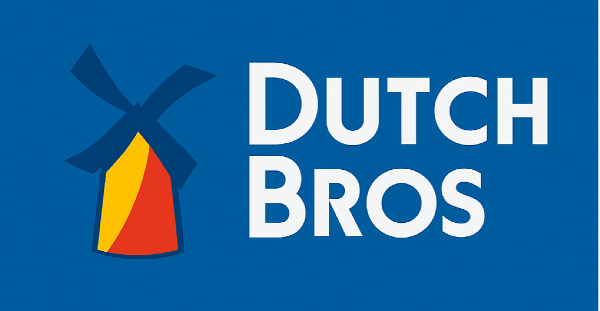
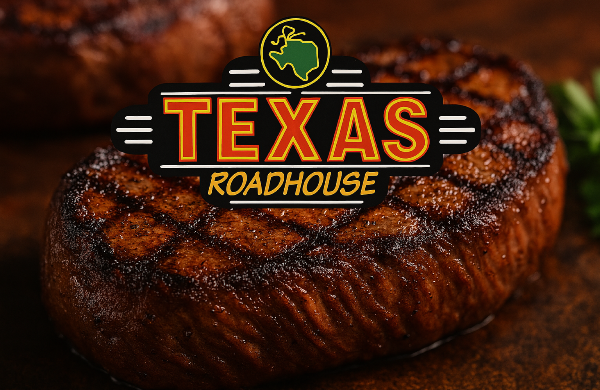
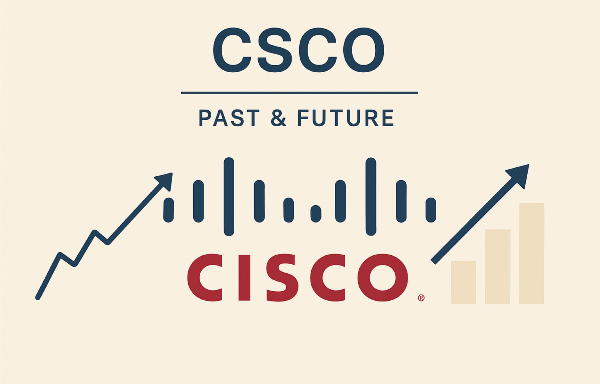
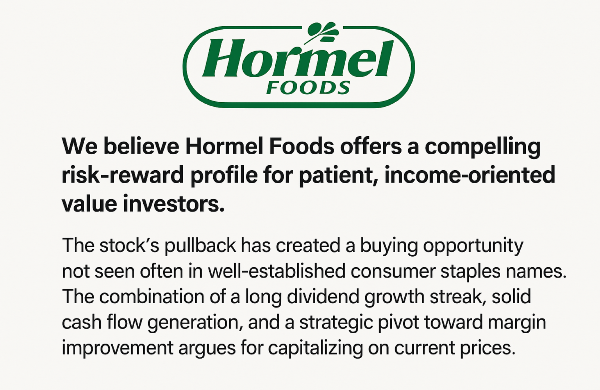
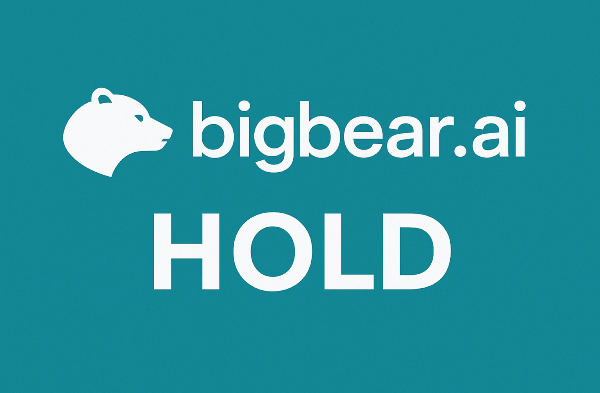

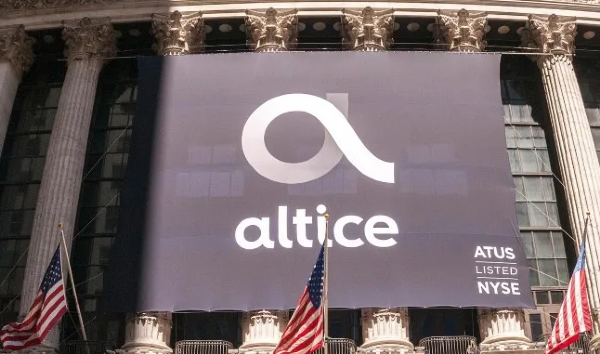
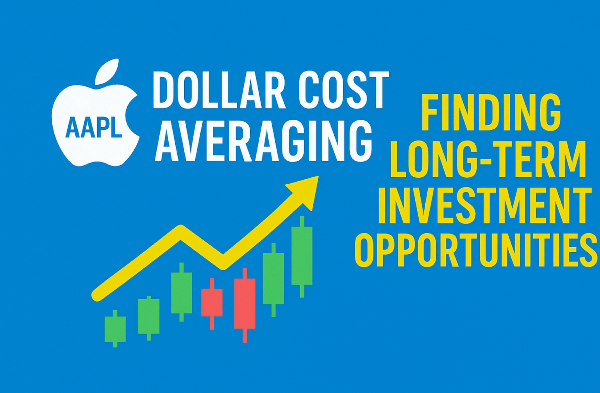
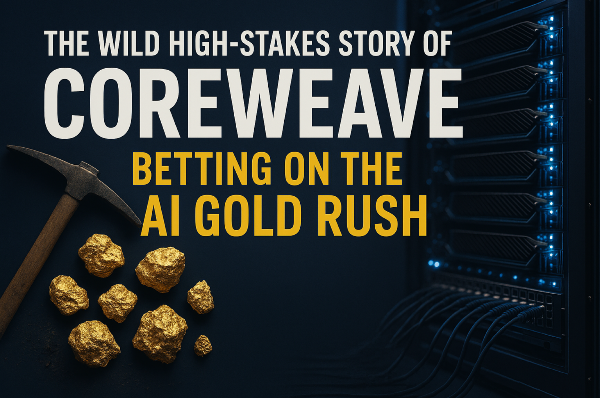
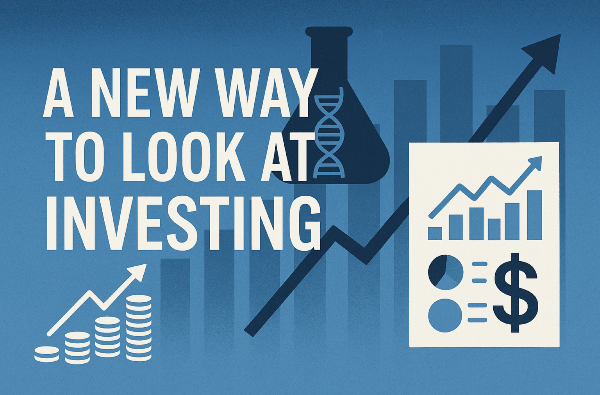




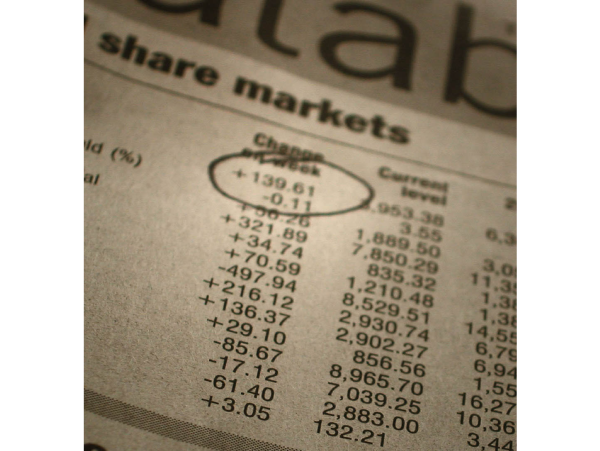








Performance Snapshot
Today we’re diving into Main Street Capital—one of my favorite stocks after its recent surge. Since hitting rock bottom on April 8, the price popped about 30%, and year to date it’s still up roughly 9%. Over the past five years, Main Street Capital has impressively gained 114%.
With that kind of momentum, the big question: is Main Street Capital still a buy at current levels?
Recent Earnings
In the most recent quarter, Main Street missed expectations on both EPS and revenue. Analysts expect another miss when earnings come out later in August. Yet most investors here aren’t chasing short-term beats—they’re in it for that 6.6% dividend yield.
Income Statement Highlights
Digging into the income statement, net investment income climbed 4% year over year while expenses ticked down. Distributable net investment income (DNI) held flat, but the DNI margin slipped by 250 bps. On the bright side, net assets from operations rose 8%. Overall, DNI per share dipped 4% year over year—definitely a bumpy start.
Dividends & Coverage
Main Street pays monthly dividends that are consistently covered by DNI, and its NAV per share has climbed handsomely over time. While monthly payouts alone aren’t a reason to buy, the combination of coverage and NAV growth makes this one of the few BDCs able to scale rapidly.
Supplemental Payouts
On top of that base yield, Main Street has paid substantial supplemental dividends (marked in green in investor reports), delivering extra value year after year.
Diversification Breakdown
Diversification is key for BDCs, and Main Street nails it across:
Fundamental Profile
Here’s where Main Street stands today:
Growth & Valuation Trends
You’re effectively paying a premium of $64 for NAV that sits at $32. Revenue growth hit 20–50% year-over-year into early 2022 but has slowed to more modest 3–10% gains recently.
Margin Analysis
Gross margins remain at 100%—very common for BDCs—while operating margins bounce between 60–70%. Net margin has surged since late 2023, now flirting with 90%.
Analyst Estimates & Outlook
Looking ahead, analysts project EPS to dip over the next two years, then inch upward in 2027. Revenue forecasts are muted too: roughly 2% growth next year, 1.6% in 2026, and a sharp 14% decline in 2027.
Liquidity & Cash Flow
Main Street’s current ratio stands at 2.64, with $109 million in cash against $2.26 billion in debt—typical BDC gearing. Free cash flow is often negative, though there are occasional positive years. Issuing new shares to raise capital dilutes existing holders but fuels NAV growth, ultimately rewarding patient investors.
Main Street Dividends
Main Street Capital reports a 6.6% dividend yield with an annual payout of $4.26 per share. The payout ratio sits around 73%, aligning with BDC rules that mandate a roughly 75% distribution of net income.
Over the past five years, dividend growth has averaged a modest 4%, yet Main Street has increased its dividend every year for 17 consecutive years. This consistency underscores management’s commitment to returning capital to shareholders.
Investors receive a monthly dividend of $0.26, which smooths cash flow compared to quarterly payers. Monthly payouts can help cover living expenses or reinvest more frequently, compounding returns faster over time.
The combination of yield, growth history, and frequency makes Main Street’s dividend profile attractive for income-focused portfolios.
Main Street Returns
In the past five years, Main Street Capital returned 205%, easily outpacing the S&P 500’s 109% gain. Two peers—ARCC and OBDC—also beat the index but delivered substantially lower five-year returns compared to Main Street.
Over the last one year (including dividends), Main Street leads with a 38% return versus the S&P 500’s 15%. ARCC posted 22%, while OBDC underperformed both.
On a six-month basis, Main Street recorded a 10% gain—double the S&P 500 and more than twice ARCC’s return. OBDC again lagged the field.
Even in just the past month, Main Street notched an 11% rise versus roughly 5% for the S&P 500, besting all peers once more.
Price Targets
Using Everything Money software, three scenarios were modeled with a desired annual return of 15% (vs. a typical 12.5%). Assumptions include conservative revenue growth, a profit margin anchored between the 1-year and 10-year averages, improved free cash flow margin, and realistic BDC valuation multiples.
The resulting price targets are:
Although BDCs are often valued against NAV, this earnings-multiple approach offers an alternate lens. At a mid price target of $59 versus today’s ~$65 share price and NAV of $32, Main Street appears overvalued.
Conclusion
Main Street Capital’s steady dividends, strong returns, and track record make it a pillar in the BDC space. Yet with shares trading above both NAV and the mid-range price target, valuation risk is elevated.
For now, it’s prudent to hold rather than buy more. Waiting for a pullback closer to the $58–$60 range could present a safer entry point. Meanwhile, you can still benefit from monthly income while monitoring upcoming earnings for fresh catalysts.
https://youtu.be/CMwBHNEWlD4?si=PJRafC2B8-aNrDdn